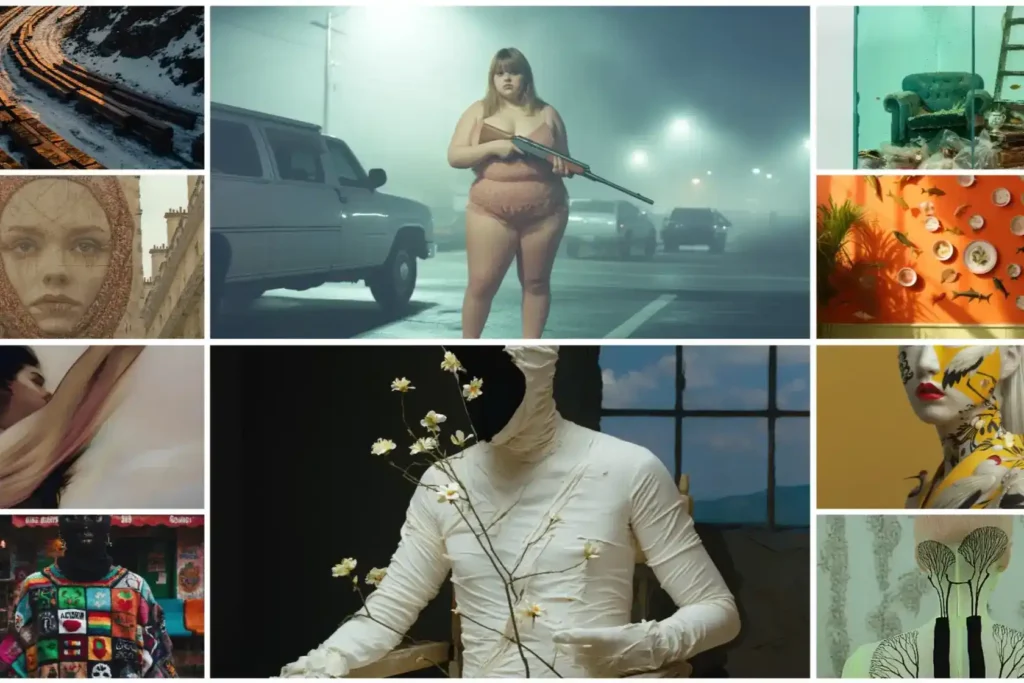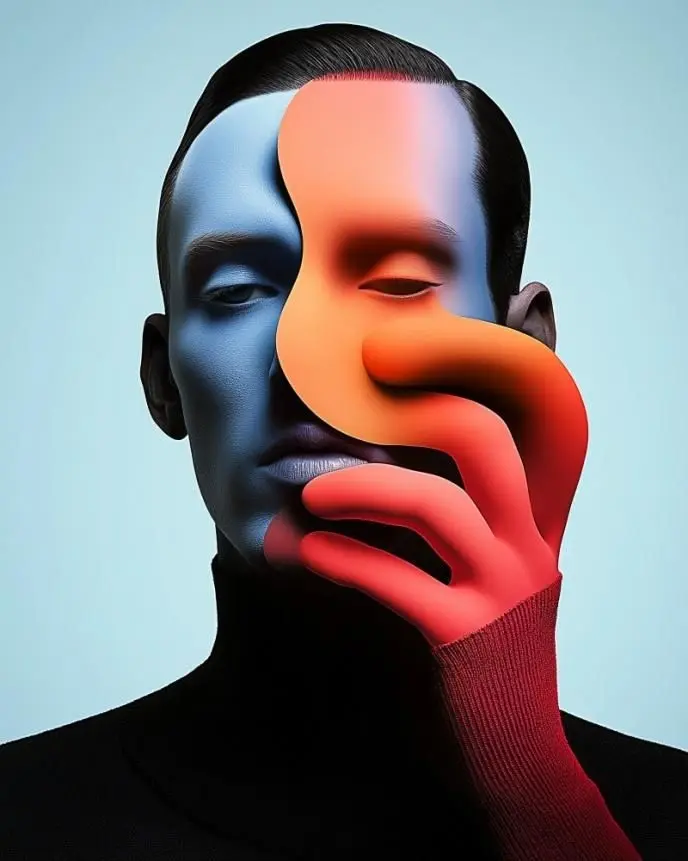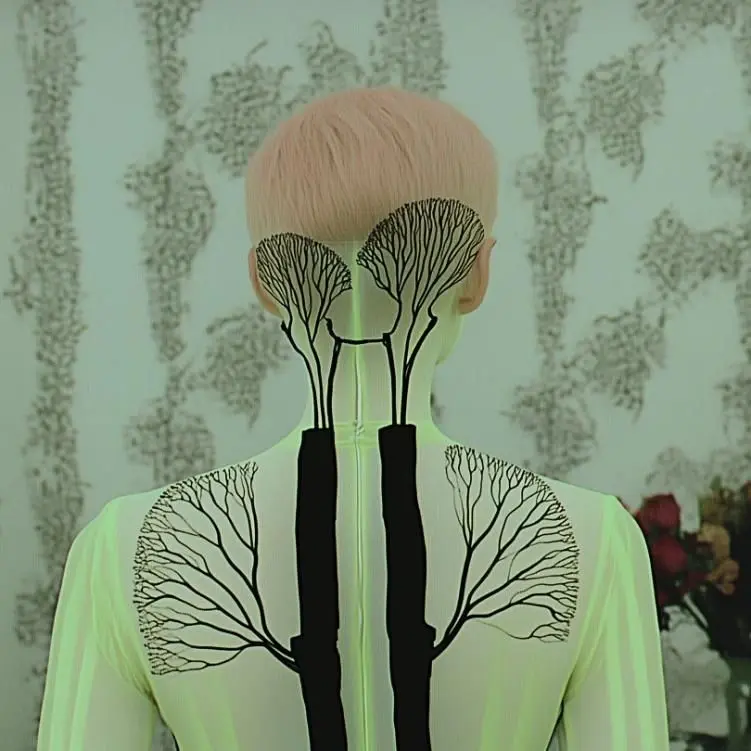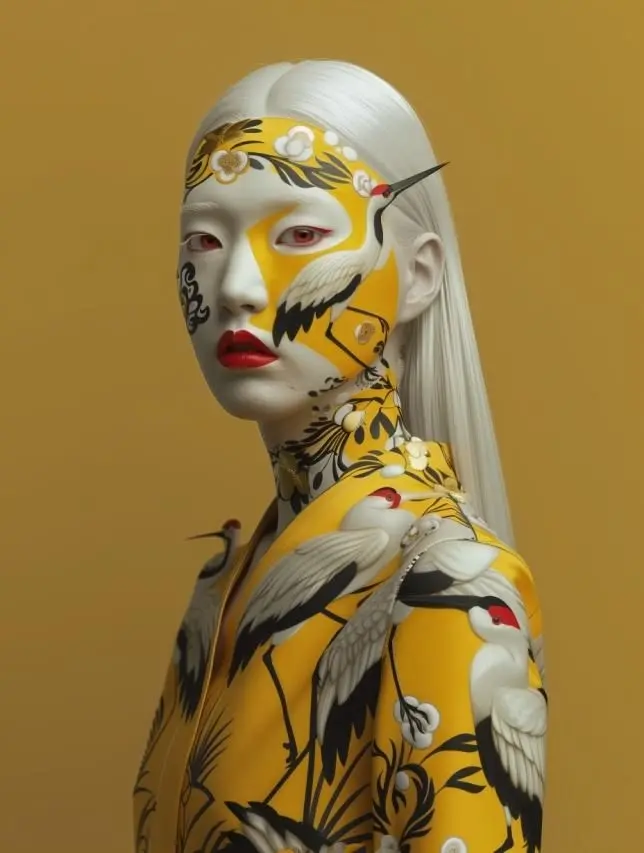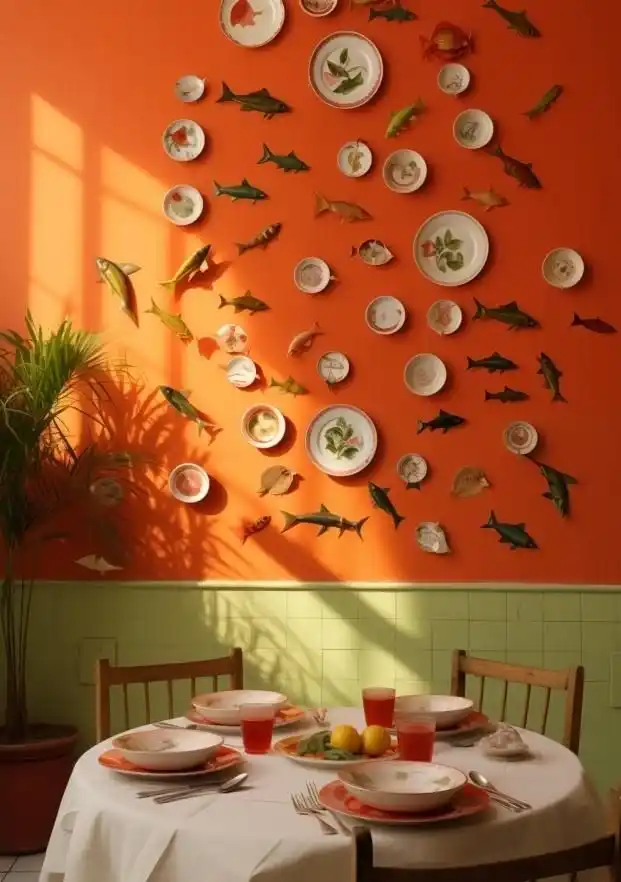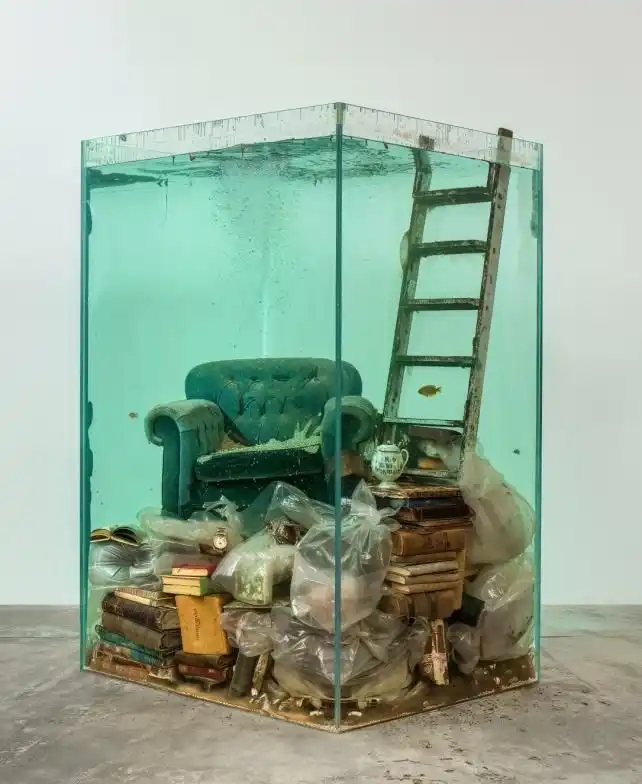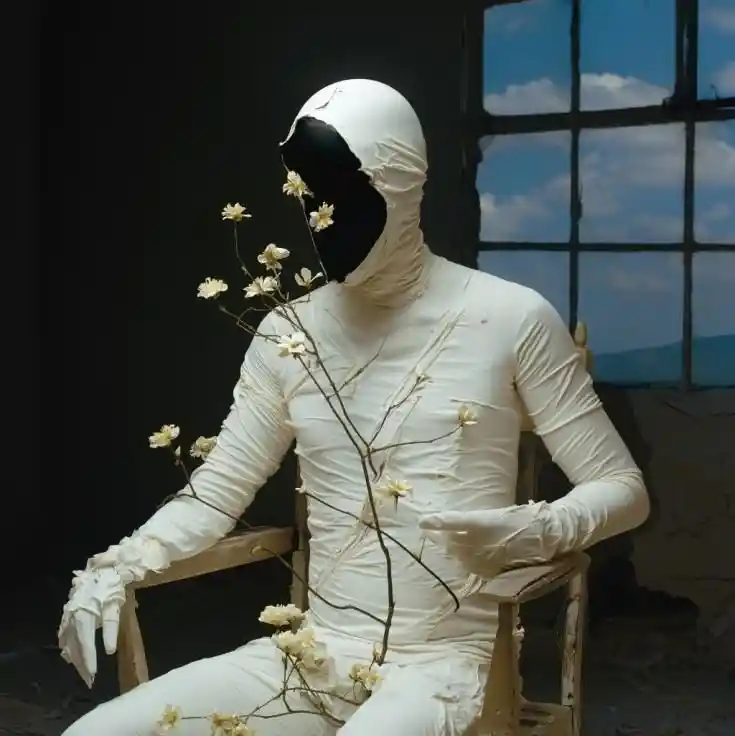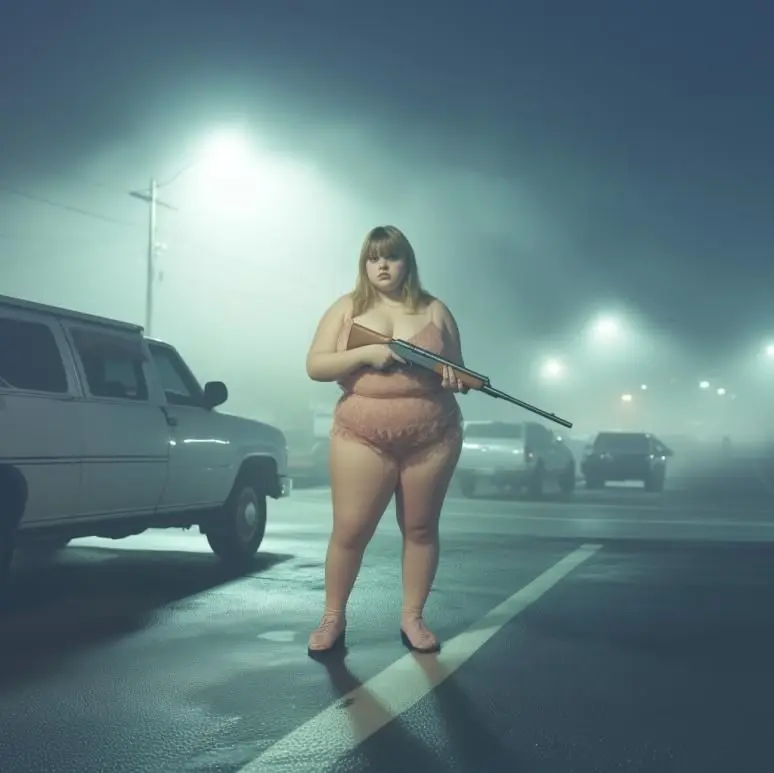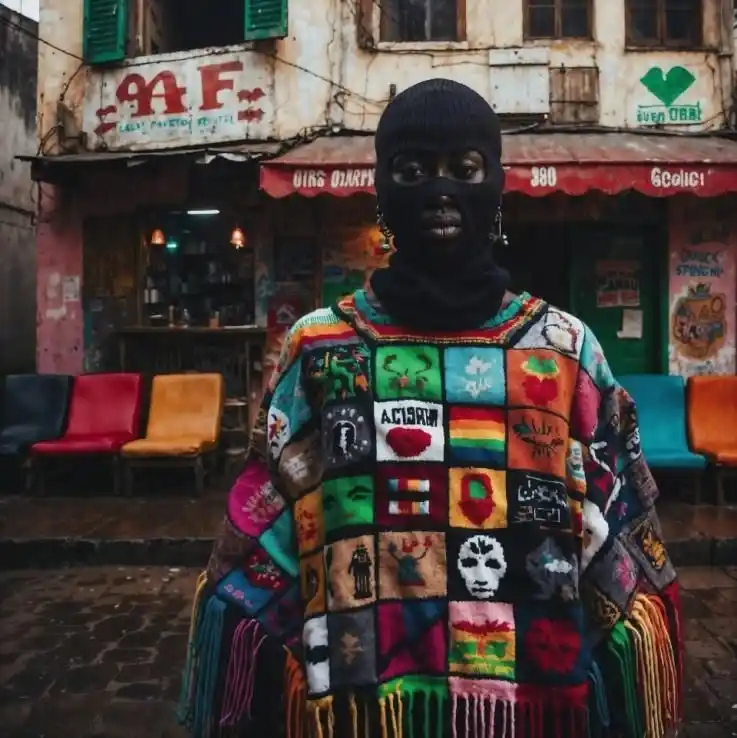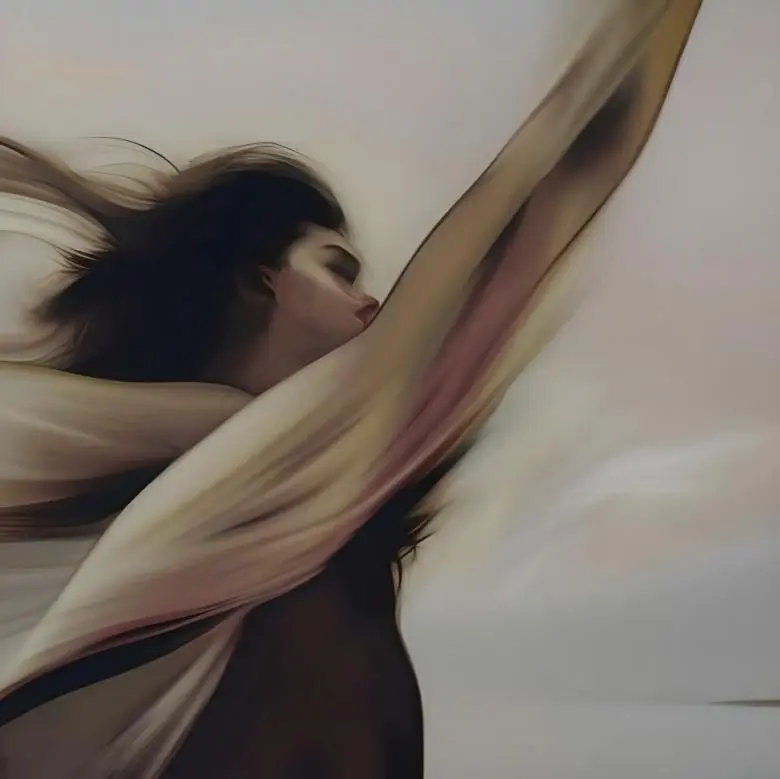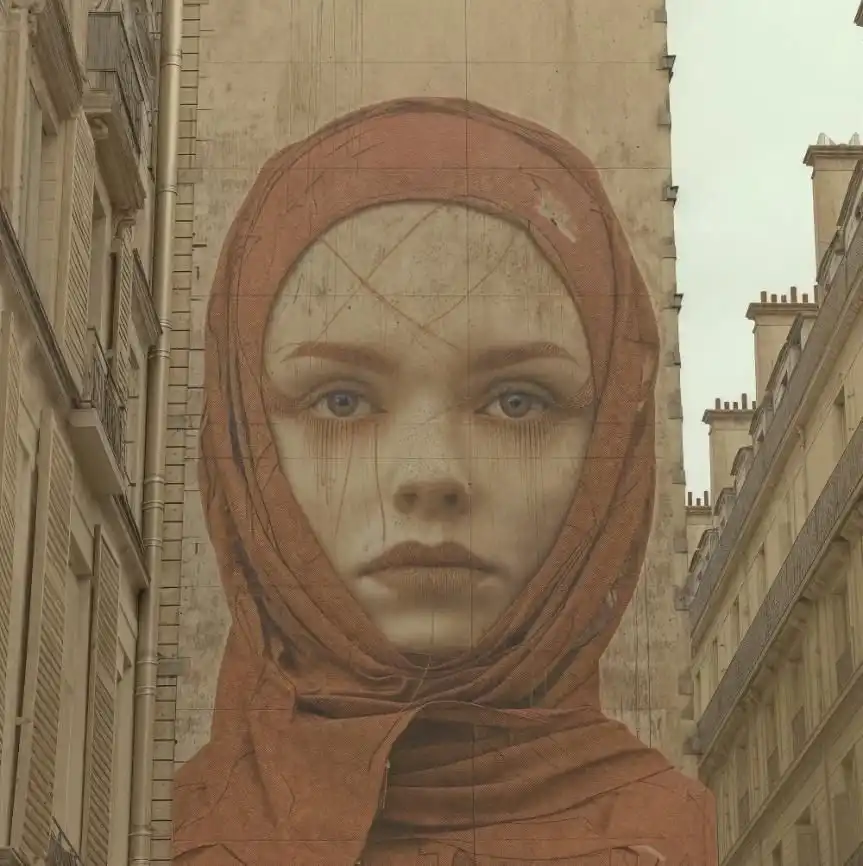CreAtIva is the first Spanish magazine dedicated to digital creation with Generative AI, launched in December 2023. Published quarterly, this innovative magazine seeks to promote Generative AI as a trending technology that is transforming the art world. The publication provides visibility and a platform for 25 digital artists from 16 countries, who share their expertise in creating and working with prompts. Accompanying their work are exclusive features, including a chat-interview, practical tips, inspiring quotes, and even uniquely styled fictitious ads!
Each volume of creAtIva explores a distinct theme. In this Vol/5, titled PROMPT Anatomy, the magazine returns to a collective structure, bringing together a variety of topics similar to the first volume. For this edition, 25 international artists were selected from 85 submissions received through an open call. The selection was conducted by a prestigious jury, including Pablo de Soto (Director of LABoral Centro de Arte y Creación Industrial), Víctor Velasco (Director of creAtIva Magazine), Juan Lamata (founder of FineArtPrints and Galería color3arte), and David J. Gil (founder of OpenPrompters).
Below, you can explore a representative image from each digital artist, part of a collection of 10 works published in both the print and digital editions of creAtIva Magazine. Each piece is accompanied by a brief curatorial text by Víctor Velasco Recio, the magazine’s director.
HopesAndDrums is a project investigating AI perception through music, drawing inspiration from classic art. Does AI copy or transform? Like sampling in music – examples like “Rapper’s Delight” and “Good Times” – AI works with existing data. This proposal challenges our idea of originality, using music to explore how AI interprets and creates.
When an expert knows how to communicate with AI, the results are positive, although AI will always provide a response, accurate or not. Clemens explores trial and error in his series Side Effects, a luminous and surreal work representing an illustrated subconscious. His dialogue with AI is collaborative, but Clemens edits the responses, thus taking creative control.
Fátima’s proposal demonstrates how AI can provide visual responses that help shape and make sense of complex personal experiences. This dialogue with AI has been a source of healing for her, allowing her to express her emotions. Her work, full of vibrant colors and a futuristic aesthetic, reflects a fusion of her deepest fears and passions.
Beauty, historically attributed to women, has evolved from a classical ideal to one that is diverse and empowered. Ilaria’s proposal reflects this transformation, positioning women confidently in an eclectic, futuristic fashion. Her work gives women a leading role, where they define the trends and the path forward.
Enrico and Juan’s proposal is the most delightful in the magazine, focusing on global cultures through their recipes and kitchens. It’s both interior design, a recipe guide, and an exploration of AI’s potential with the right information. What seemed simple has become a complete experience and a cultural and culinary analysis. Enjoy!
Eight concepts come to life in Julien’s research, where he refines his prompts to control every detail, from composition to materials. His proposal directs AI to strictly follow his artistic vision, producing unique images defined by his perspective. Julien invites us to rediscover words and concepts, giving them a new visual and creative context.
In Unspoken Dialogue, the creator uses AI as a collaborator to explore subconscious emotions and tensions, questioning the relationship between nature, technology, and humanity. This project reveals a dialogue where AI reinterprets human intent, seeking new creative territories rather than perfection, and reflecting on authorship in a derivative world.
In a lost village, where only time and the actions of its inhabitants pass, Clara introduces chaos following a period of decay and violence. Her ability to convey this story to AI is precise and effective; Clara knows what she seeks and achieves it, revealing that EVERYTHING IS A LIE through her vast visual culture and deep knowledge.
Vlady turns his spontaneous notes into inspiration, using AI to create fashion and luxury scenes in unexpected settings. His work explores vibrant contrasts and eclectic compositions that, while surreal, remain connected to a multicultural reality with African influences and a hint of sustainability.
Anna-Maria suggests that AI cannot feel movement, but she explores its ability to interpret emotions through human inputs. Using images and poetry, she tests how AI tries to represent joy, empathy, or sadness, although humans perceive these feelings in infinite nuances. The question remains: can AI interpret and reimagine movement with true depth?
Luciano’s work reflects his expertise in photography and art direction, with crisp and effective creations that instantly connect with viewers. His clean, cohesive aesthetic guides us to the destinations he defines, inspired by various cultures and realities, achieving a clear and precise style.
In this proposal, Juan explores human impact on nature without replicating human figures. With a digital “site-specific” approach, he presents land art pieces where environments are creatively modified. Inspired by an industrial region in northern Spain, his process goes beyond the first AI-generated image, achieving impactful and carefully crafted compositions.
